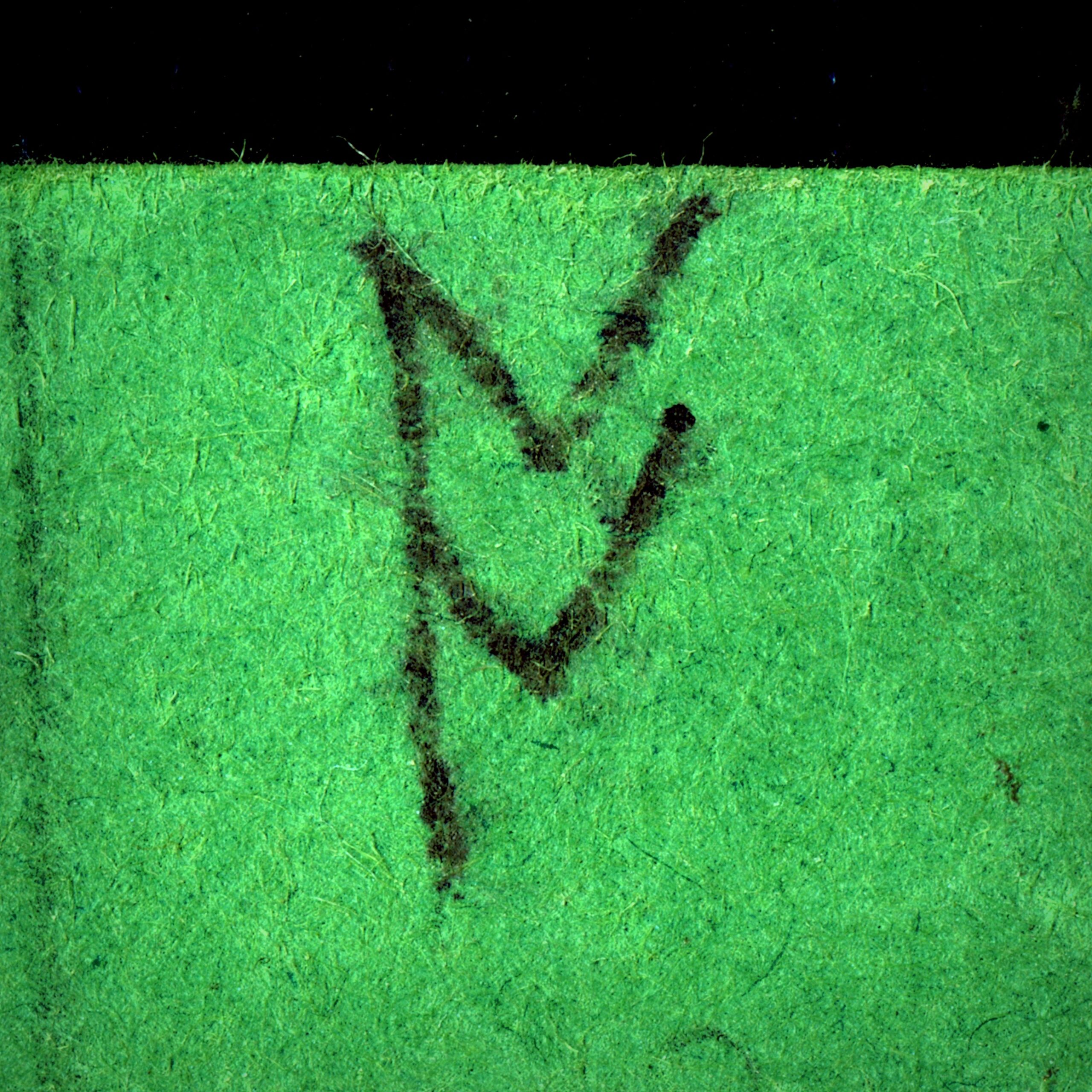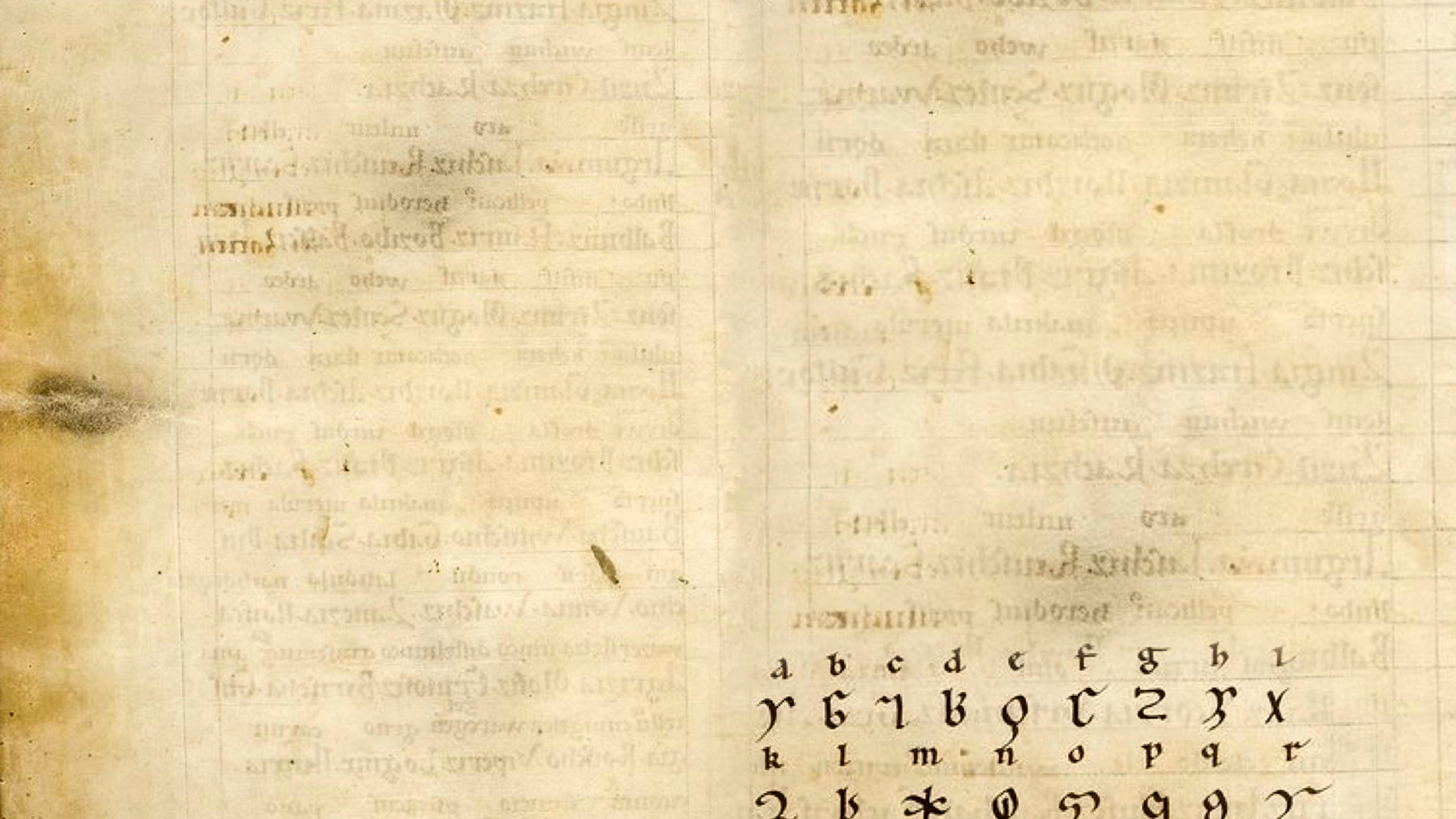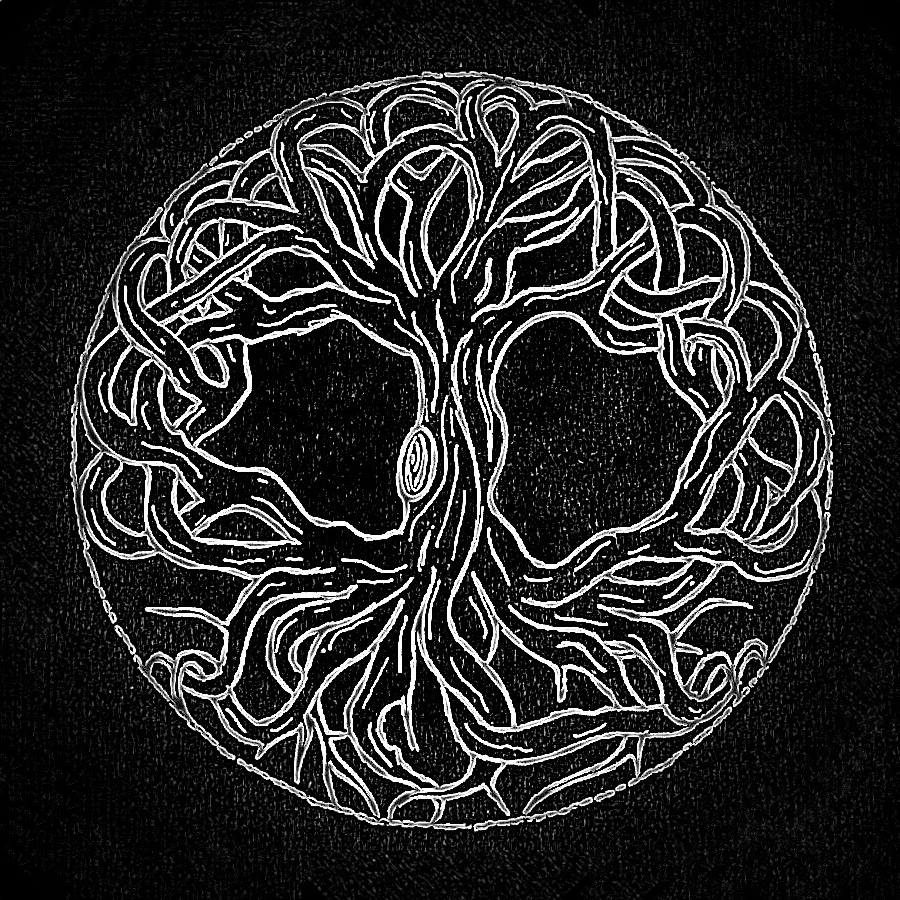 Crann Bethadh means tree of life in Old Irish. It’s an oak tree. The Celts used to plant them in the centers of their villages where they could be the axis mundi, the pillar holding everything up, the pivot around which it all turns. It’s a sacred world tree, and an older one than the one in the Old English Rune Poem, which stand right there next to it in order. In the Rune Poem, oak is the letter A, which comes right after D. In the Ogam alphabet written down in Old Irish, D is an oak. When they needed new runes for new sounds and invented the oak rune, they kept it close to its roots.
Crann Bethadh means tree of life in Old Irish. It’s an oak tree. The Celts used to plant them in the centers of their villages where they could be the axis mundi, the pillar holding everything up, the pivot around which it all turns. It’s a sacred world tree, and an older one than the one in the Old English Rune Poem, which stand right there next to it in order. In the Rune Poem, oak is the letter A, which comes right after D. In the Ogam alphabet written down in Old Irish, D is an oak. When they needed new runes for new sounds and invented the oak rune, they kept it close to its roots.
The Ogam alphabet uses bríatharogam to describe each letter name. These are two word descriptions that act as riddles or metaphors and work in a similar way to Old English kennings, which are either compound … More

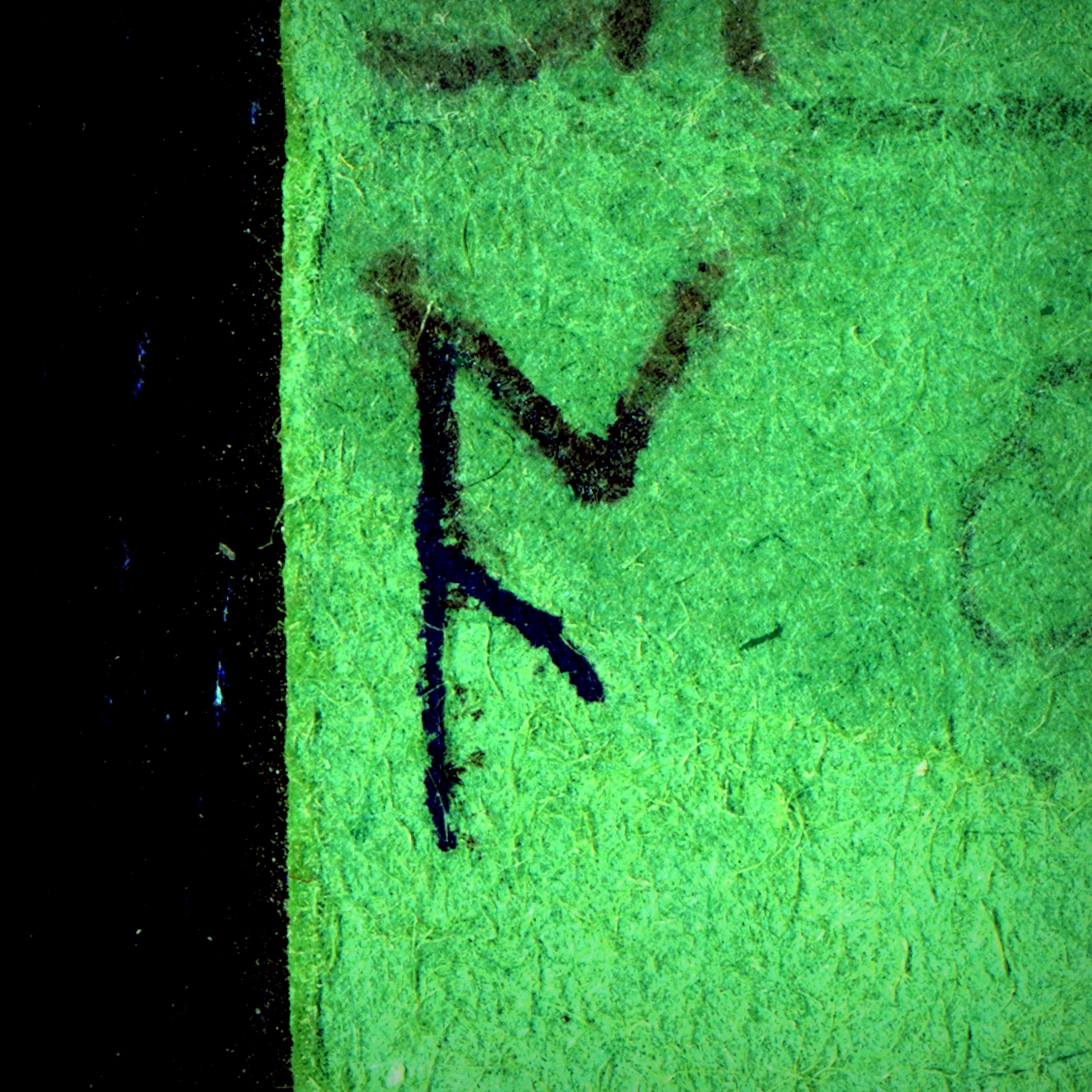 In the Old English Rune Poem the letter A means oak. This was the
In the Old English Rune Poem the letter A means oak. This was the 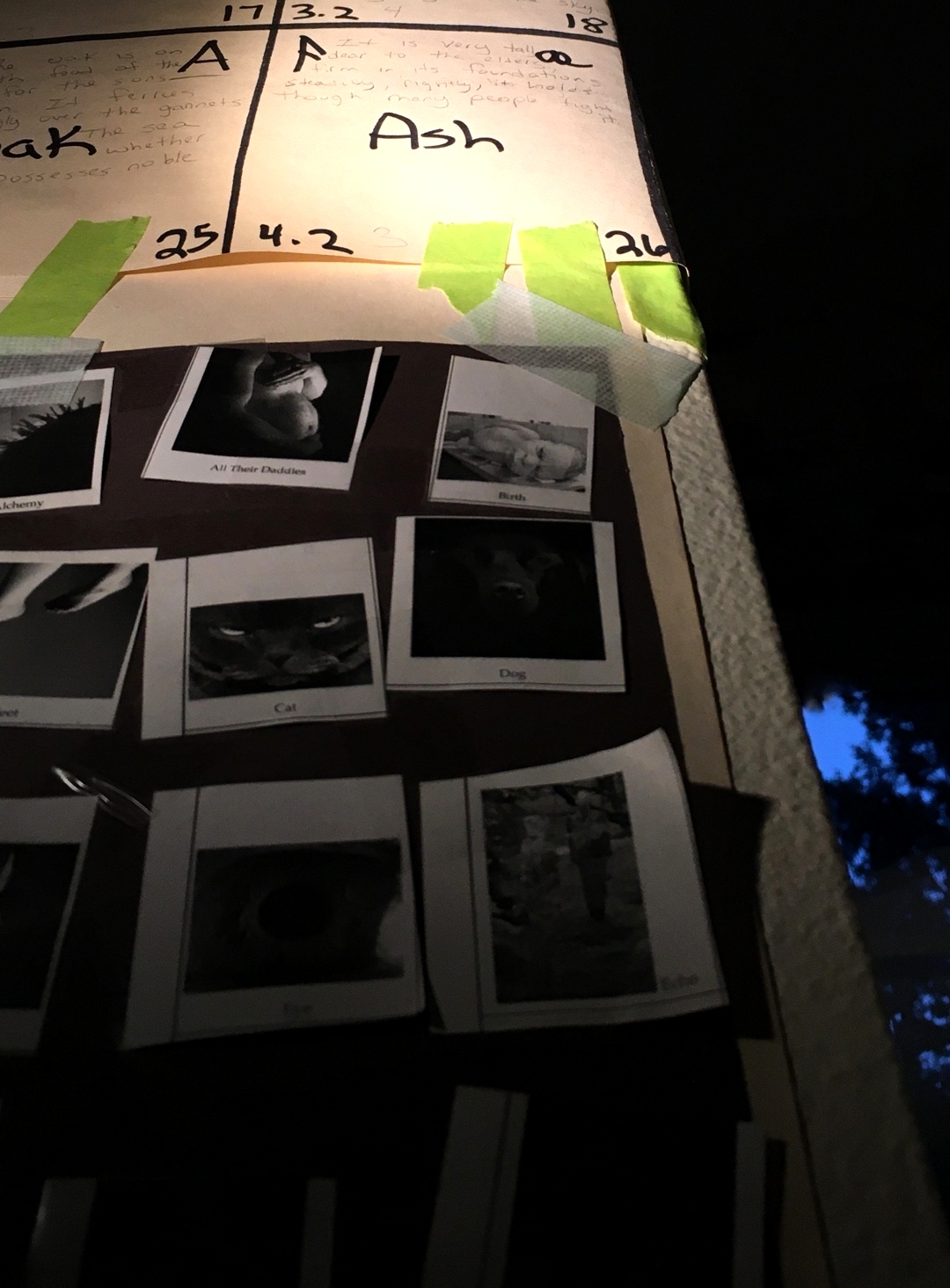
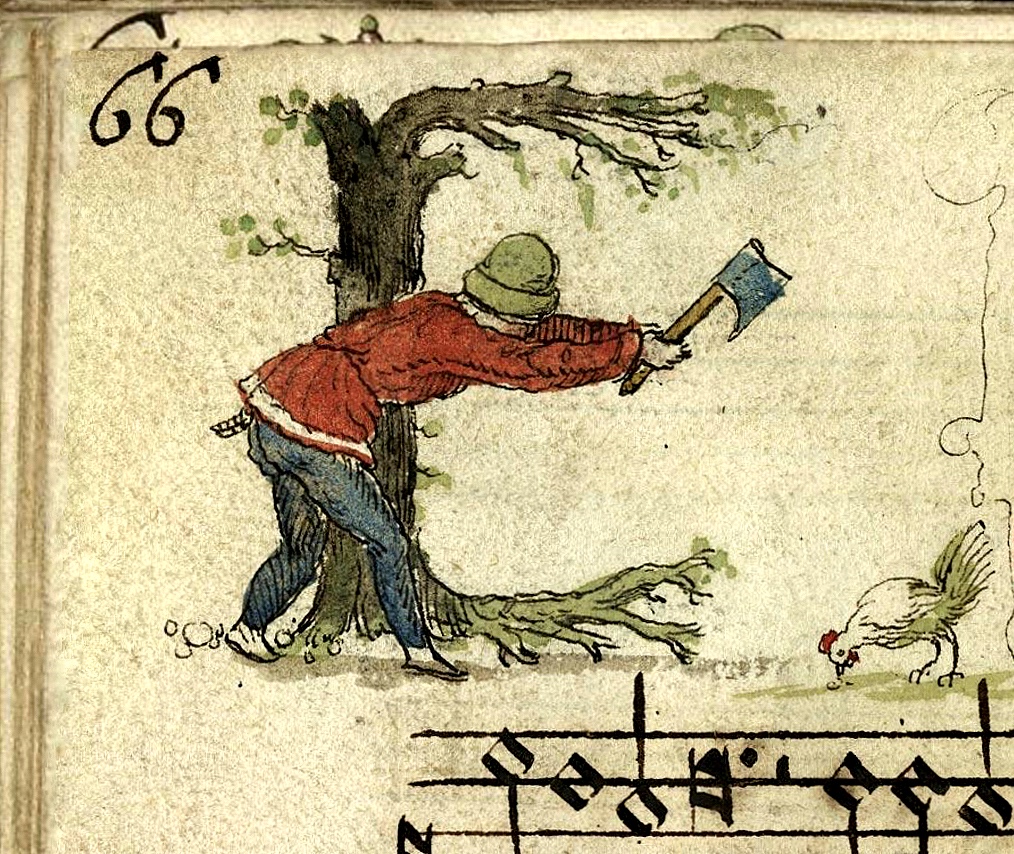

 Did you know that tree means truth? Well it does, honestly, let me be the first to tell you so you know it’s true. The Old English word treow means both tree and truth. Lots of Old English words use treow in them to mean things like to trust or believe (treowan), or to be faithful (treowfæst, truth-fast). Treow is used for more woody things too, like when you take your treowfæstnian (trusty) ax to the treowsteall (a grove) to work as a treowwyrtha (carpenter) treowfeging (joining boards together) into a treowgeweroc (tree work, something made of wood). In that treow grove you’ll find forest birds (treowfugol) and faithful friends (treowgeðofta) who’ll go in for a little tree worship (treowweroðung) with you and with whom you might find treowlufu (true love). Watch out for the treowles and treowleasnes.
Did you know that tree means truth? Well it does, honestly, let me be the first to tell you so you know it’s true. The Old English word treow means both tree and truth. Lots of Old English words use treow in them to mean things like to trust or believe (treowan), or to be faithful (treowfæst, truth-fast). Treow is used for more woody things too, like when you take your treowfæstnian (trusty) ax to the treowsteall (a grove) to work as a treowwyrtha (carpenter) treowfeging (joining boards together) into a treowgeweroc (tree work, something made of wood). In that treow grove you’ll find forest birds (treowfugol) and faithful friends (treowgeðofta) who’ll go in for a little tree worship (treowweroðung) with you and with whom you might find treowlufu (true love). Watch out for the treowles and treowleasnes.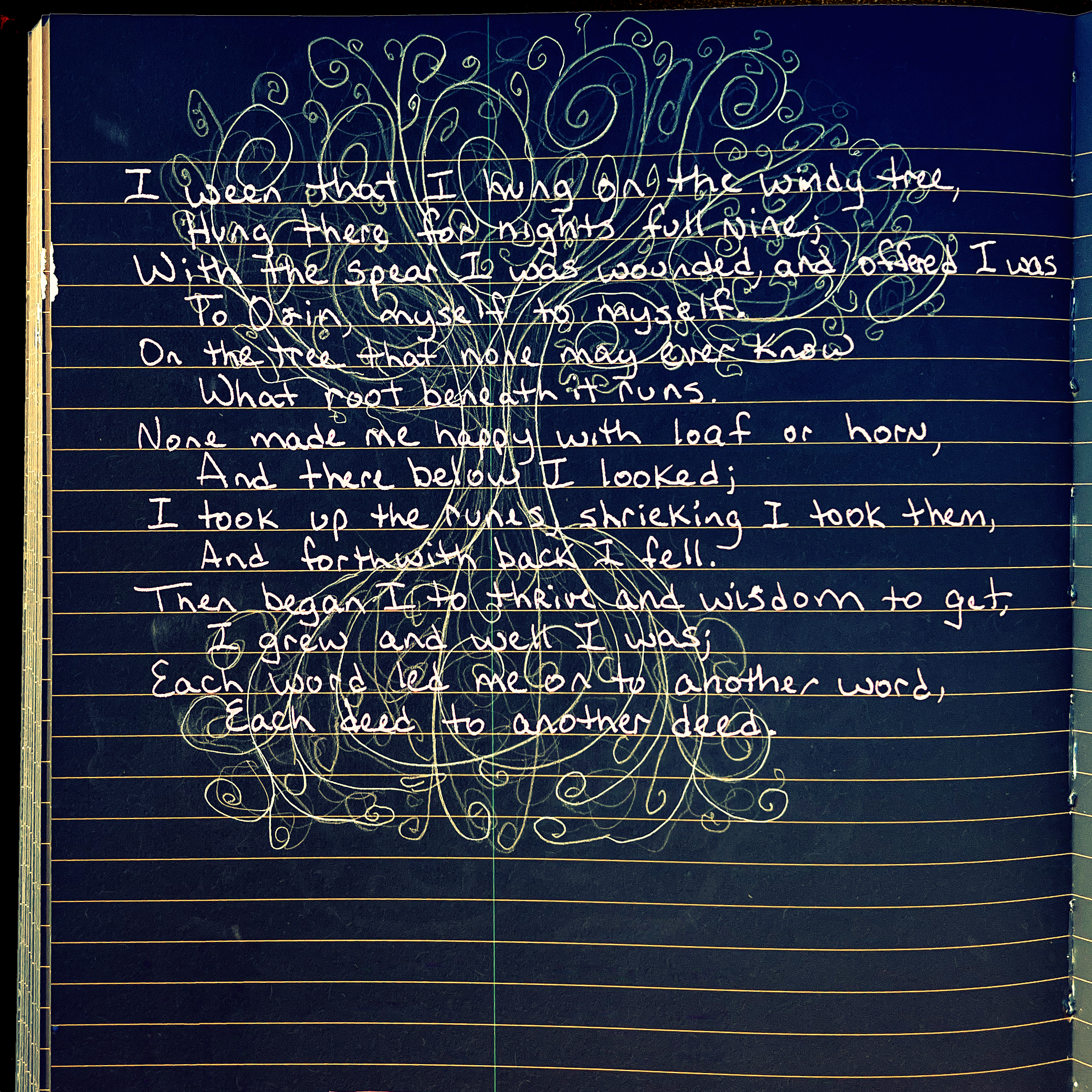
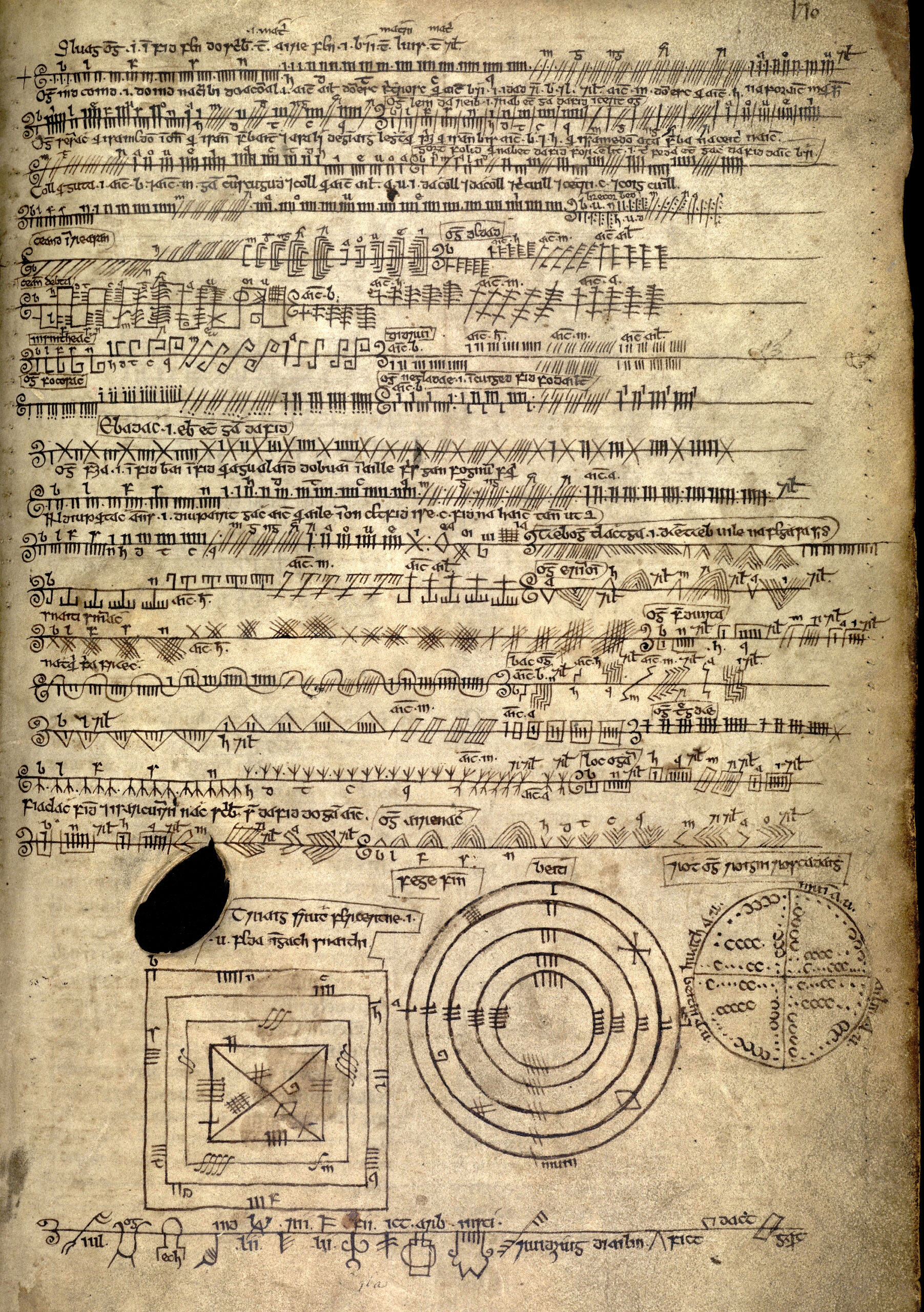 Ogam, spelled Ogham in modern Irish, is an Old Irish alphabet, it was possibly a cryptographic alphabet like the runic ones, and it may have had its own sign language and musical notation. The Ogam letters have names like the letters in the Rune Poem, and the letters have meanings we can glean from three collections of
Ogam, spelled Ogham in modern Irish, is an Old Irish alphabet, it was possibly a cryptographic alphabet like the runic ones, and it may have had its own sign language and musical notation. The Ogam letters have names like the letters in the Rune Poem, and the letters have meanings we can glean from three collections of 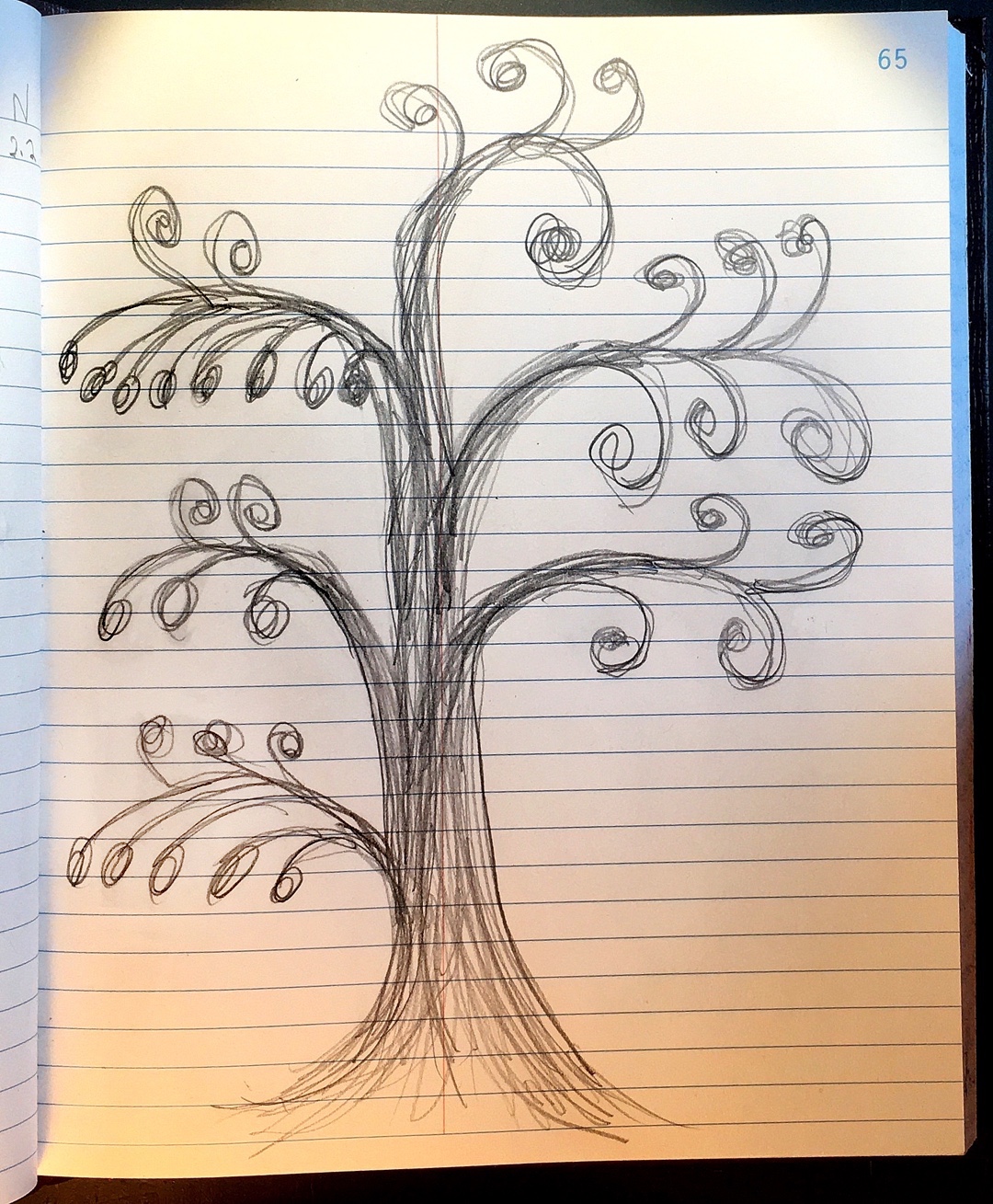

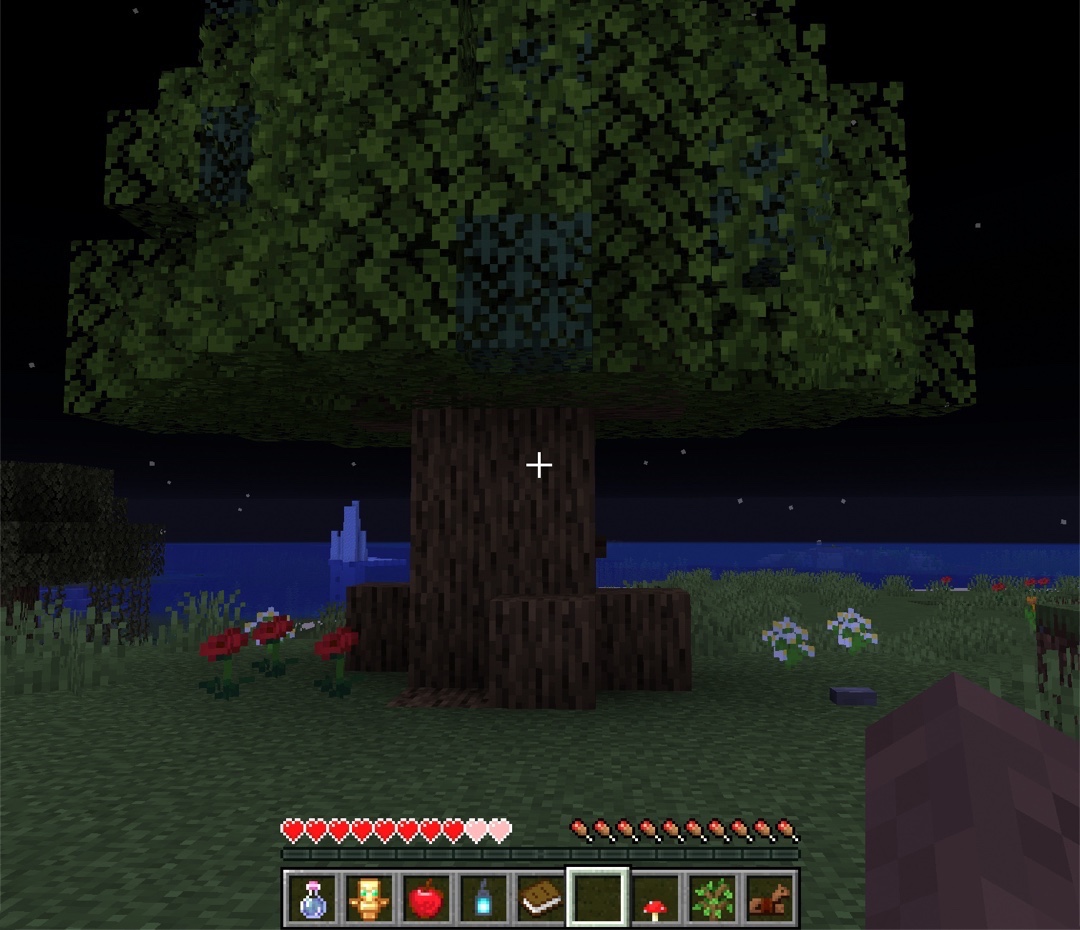
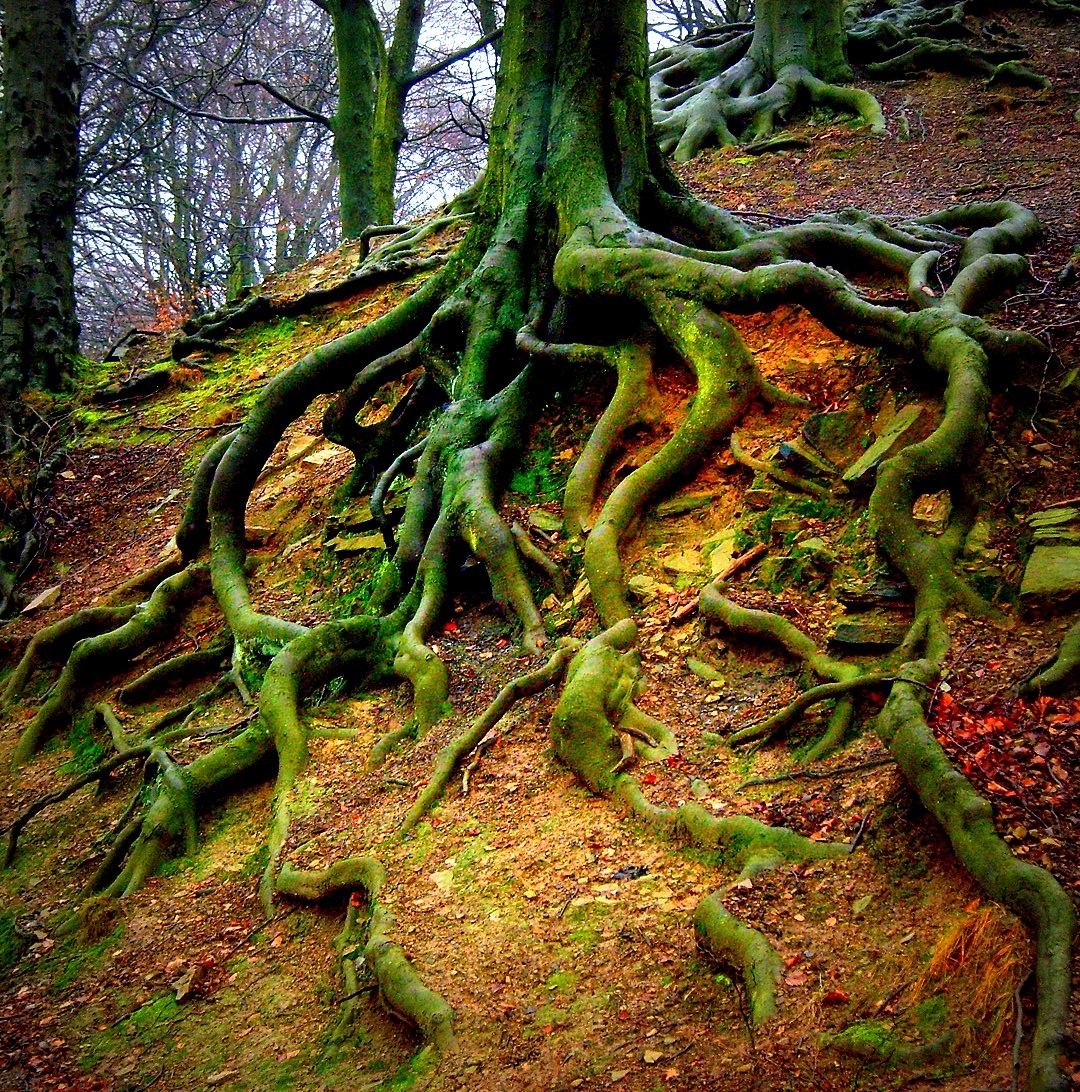 You getting it from all sides? Lots of people want to take you on? Something’s coming for you, but this is the Æsc rune, and it is used to a good fight. It’s seen plenty of battles, and yours is no different. Æsc says stand tall and plant. You hold steady, firm in your foundations. Those roots you draw from go deep, farther than you know, all the way into your ancestry so connect with your elders, get right with them and hold.
You getting it from all sides? Lots of people want to take you on? Something’s coming for you, but this is the Æsc rune, and it is used to a good fight. It’s seen plenty of battles, and yours is no different. Æsc says stand tall and plant. You hold steady, firm in your foundations. Those roots you draw from go deep, farther than you know, all the way into your ancestry so connect with your elders, get right with them and hold.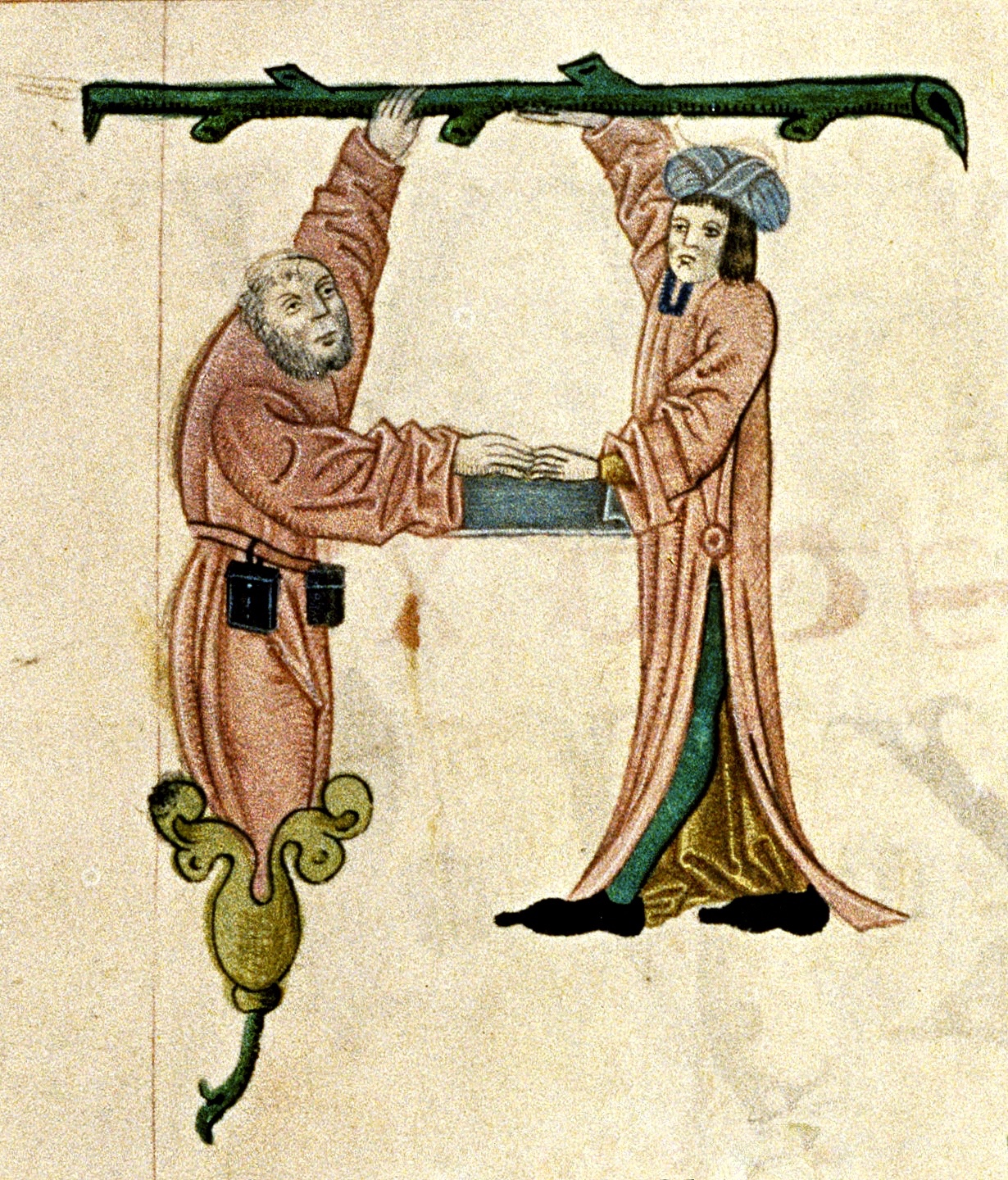
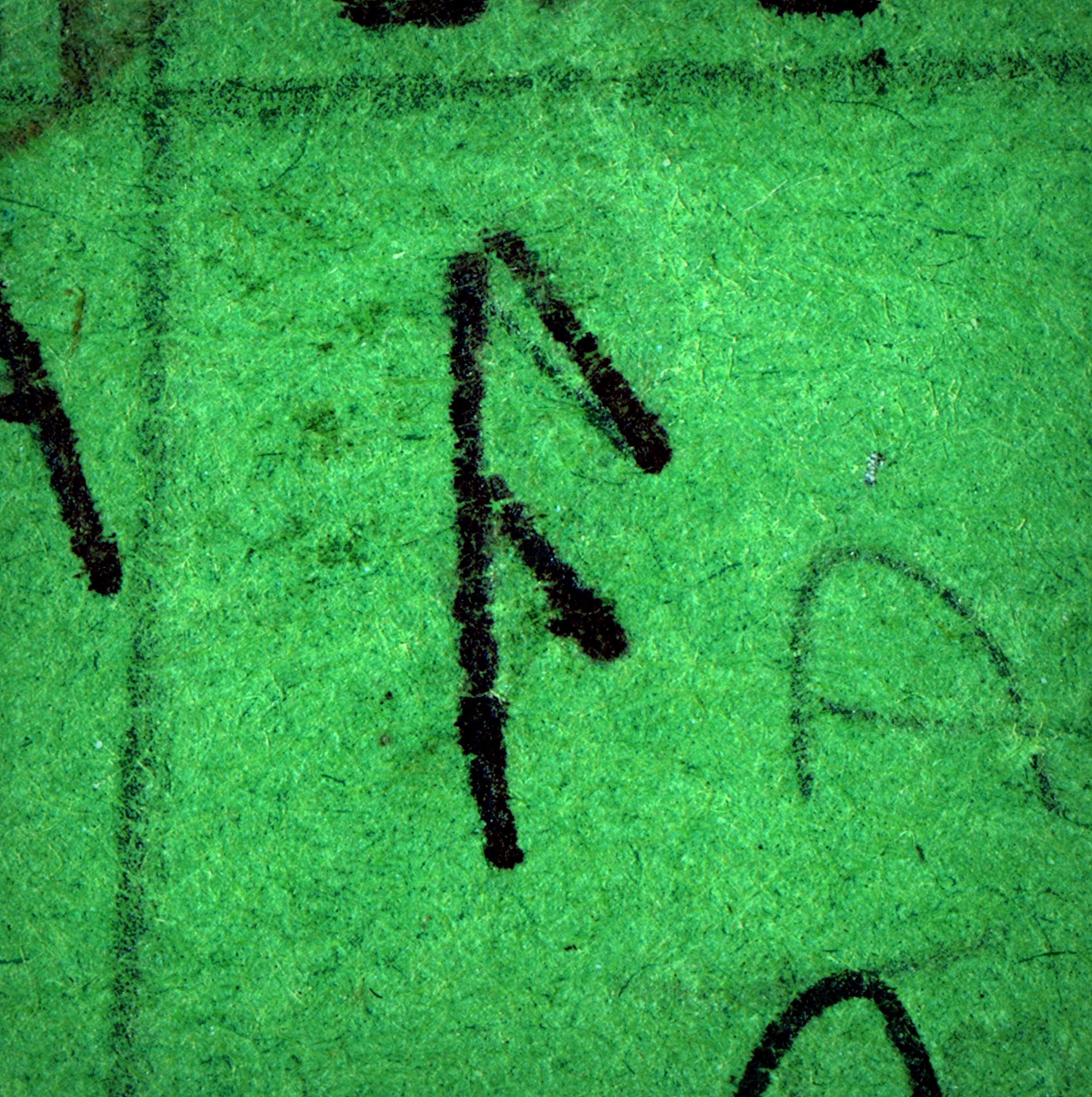 The
The 